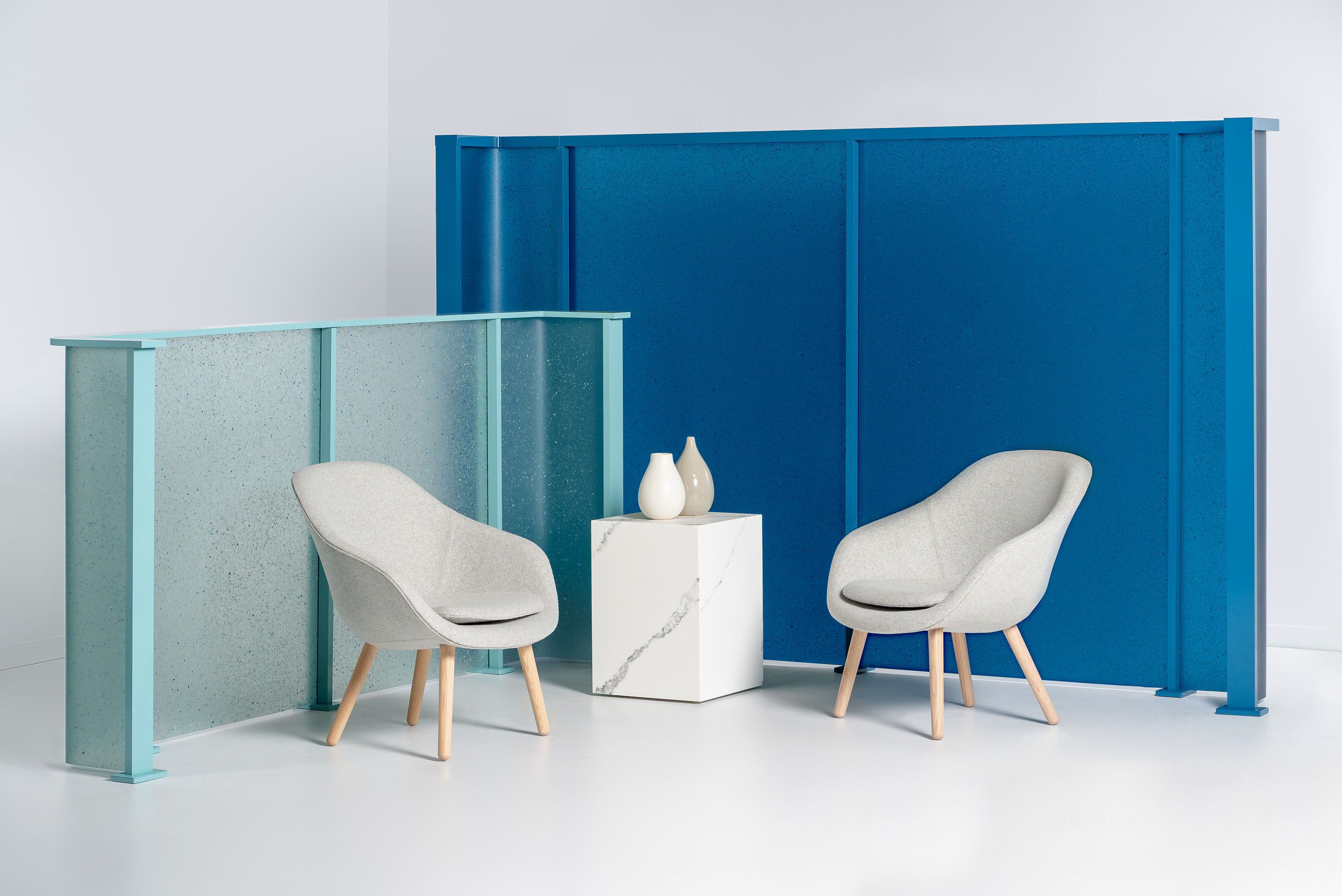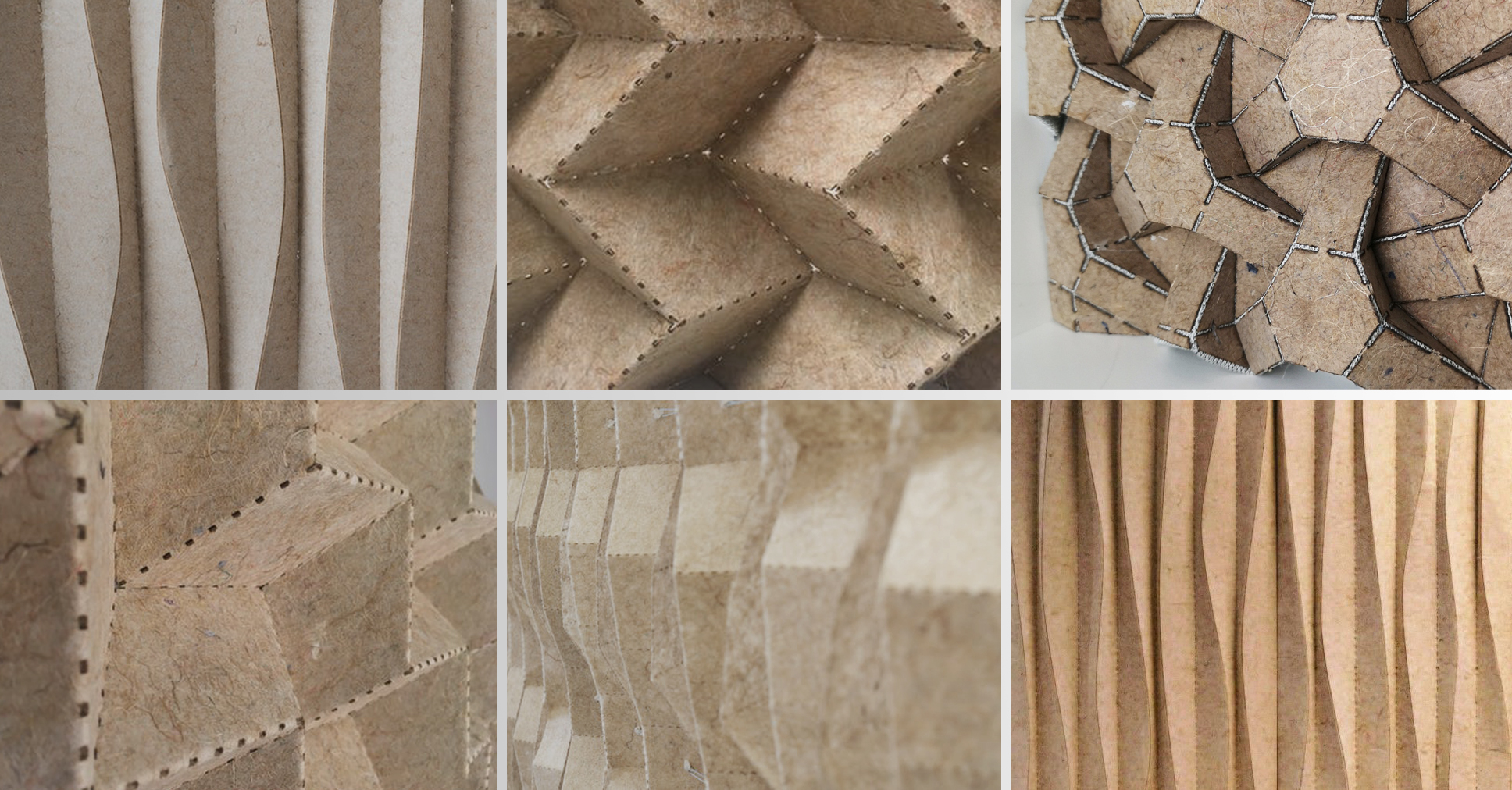Building Product Marketers: Get your products seen by the world’s best architects through the 2021 A+Product Awards! Submit your products before the Final Entry Deadline on August 13th this year.
By now, the impact of the AEC industry on our planet is common knowledge. As of 2019, global construction accounted for a mammoth 38% of carbon emissions, while lobby group Architecture 2030 states that embodied carbon will be responsible for approximately half of total new construction emissions between now and 2050.
These statistics, coupled together with the increasingly alarming impacts of climate change around the world, mean architects can no longer use ignorance as an excuse to continue specifying materials ‘as normal’ in the coming years. In order to preserve their own firm’s reputation and meet the concerns of their clients, designers now view the sustainability of products and materials not as an optional quality, but as an essential requirement for building specification.
For this reason, sustainability — in all its definitions — will play a key role in deciding which brands will emerge triumphant in the 2021 A+Product Awards.

BiOrigami by Studio Samira Boon, Finalist in the 2020 A+Product Awards in the Sustainable Design category.
Up front, there is a dedicated A+Product category in this realm — the Sustainable Design Award celebrates products that are among the most sustainable in their field. This includes but is not limited to products that minimize or actively help reduce carbon emissions, highly energy efficient products, products that facilitate passive heating and cooling, products with a sustainable “cradle to grave” lifecycle, and products that utilize locally sourced or recycled materials.
Last year’s winners and finalists in this category showcase the extraordinarily diverse approaches brands are taking to pioneer more sustainable design solutions for architects. One of the most eye-catching examples is Studio Samira Boon’s BioOrigami, a range of sculptural acoustic wall panels constructed using textile waste from jute coffee bags and bio-based plastic.
BioOrigami is definitive proof that employing salvaged materials need not compromise a designer’s aesthetic goals — the visual appeal of these stunning, undulating panels are comparable to products by the most sophisticated of luxury brands. Similarly, 3Form’s Flek partitions — another finalist in last year’s A+Product Awards — is constructed from a material reminiscent of translucent terrazzo, but actually made of 75% recycled resin trimmings.

Flek by 3Form, Finalist in the 2020 A+Product Awards in the Sustainable Design category.
Besides the introduction of innovative new materials, many manufacturers are also reimagining traditional architectural systems and components to reduce their long term impact on the environment. The design for Benheim’s Ventilated Glass Façade for Parking Structures, which won the 2020 Popular Choice Award in the Sustainable Design category, allows mechanical ventilation to be substituted with passive ventilation, helping to conserve energy throughout the building’s lifecycle.
Meanwhile, Zauben’s Model Z Living Wall — winner of the Jury Vote in the same category — employs “cradle to cradle” certified materials that contribute to LEED v4 and WELL certifications. The verdant product uses hydroponic technology that consumes 75% less water than plants grown in soil, self-irrigates, and includes moisture sensors monitored by a plant care app, making sure plants remain healthy. Zauben’s Founder Zach Smith went into further detail about the design and development of the Model Z in this exclusive interview.
While they vary widely in form, function and creative approach, these products are united by one significant quality — they provide a more sustainable alternative to earlier iterations in their class. Without compromising on aesthetic style — which will undoubtedly remain key to clients in perpetuity — these product innovations contribute to a construction industry that is edging in the right direction when it comes to energy consumption, material reuse and carbon footprint.

Model Z by Zauben, Jury Winner in the 2020 A+Product Awards in the Sustainable Design category.
While these products scooped accolades in a category that relates most explicitly to sustainability, the reality is that products across all categories must possess ‘green’ traits in order to be taken seriously by the AEC industry. The bar for architects is being raised year after year, with LEED requirements and other certifications evolving to reflect the increasingly urgent need to reduce carbon emissions globally. Similarly, one of the A+Product Awards core judging criteria — Impact — requires jurors to consider the environmental impact of products when deciding which brands deserve to receive the highest accolades.
What might be viewed as a complex challenge by designers constitutes an opportunity for forward-thinking manufacturers. Brands with the most cutting edge materials and manufacturing techniques can position themselves as thought leaders, acting as valuable sustainability consultants for architects and making their products an essential component of future projects. The A+Product Awards provide them with a powerful platform to showcase their knowledge and make connections with architecture firms around the world.
While the construction industry as a whole continues to grapple with its role in mediating the impacts of climate change, one thing is for sure — the winners of this year’s A+Product Awards will feature prominently in the greener buildings of tomorrow.
Submit your products for worldwide recognition and secure a marketing package worth $20,000: Enter the 2021 A+Product Awards before August 13th this year.









